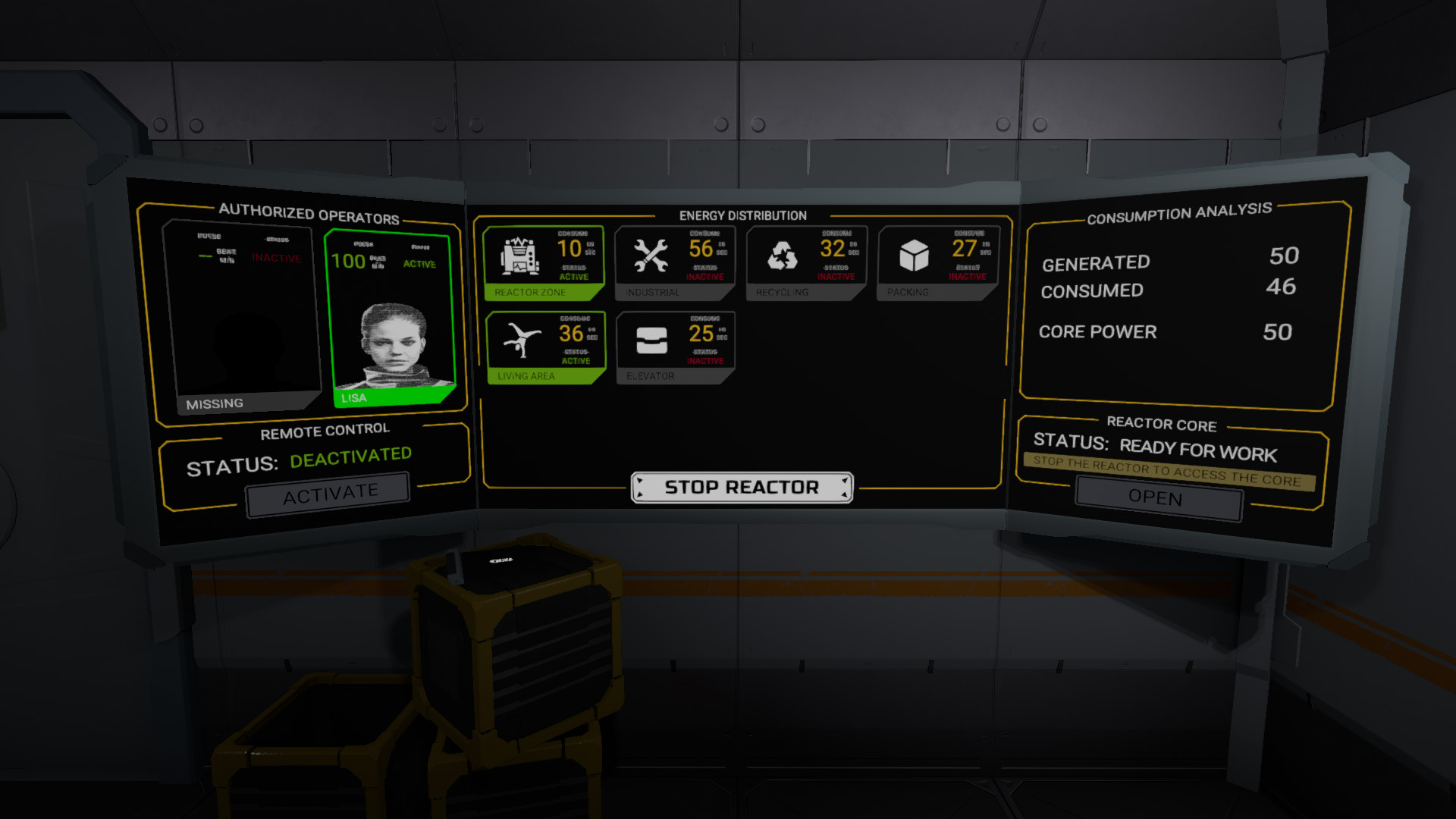Cold Depths Mac OS
Is your Mac up to date with the latest version of the Mac operating system? Is it using the version required by a product that you want to use with your Mac? Which versions are earlier (older) or later (newer, more recent)? To find out, learn which version is installed now.
If your macOS isn't up to date, you may be able to update to a later version.
Cold Depths Mac Os X
Which macOS version is installed?
From the Apple menu in the corner of your screen, choose About This Mac. You should see the macOS name, such as macOS Big Sur, followed by its version number. If you need to know the build number as well, click the version number to see it.
Which macOS version is the latest?
These are all Mac operating systems, starting with the most recent. When a major new macOS is released, it gets a new name, such as macOS Big Sur. As updates that change the macOS version number become available, this article is updated to show the latest version of that macOS.
Cold Depths Mac Os Download
If your Mac is using an earlier version of any Mac operating system, you should install the latest Apple software updates, which can include important security updates and updates for the apps that are installed by macOS, such as Safari, Books, Messages, Mail, Music, Calendar, and Photos.
Cold Depths Mac Os Download
Explore the cold depths Take a dive into the underwater exploration of a lifetime. Subnautica: Below Zero is part of the survival genre, meaning you’ll need to keep your wits about you if you want. 'The iMac Firmware Update 4.1.9 will only run on iMac computers with lot-loading CD or DVD drives running Mac OS 9.1 or later from a local drive. If you are using Mac OS X you must boot from a local Mac OS 9.1 or later writeable partition (not a CD, or network disk) prior to following the update instructions.' The Dark Heart of Skyrim beats from the depths in The Elder Scrolls Online: Greymoor. Explore the snow-swept region of Western Skyrim and face an ancient vampiric army that once plagued Tamriel as. If you’re using a Mac desktop without a T2 chip (such as an iMac), switch it off, unplug the power cord and wait 15 seconds, plug it back in, then turn on your Mac. If your Mac has a T2 chip. Operating System Mac® OS X 10.15 (Catalina) or higher (latest version) Processor Intel® Core™ i3 or better Video NVIDIA® GeForce® GT 650M or ATI Radeon™ HD 5670 or better Storage 25 GB available HD space Internet Broadband Internet connection Resolution 1024x768 minimum resolution.

| macOS | Latest version |
|---|---|
| macOS Big Sur | 11.3 |
| macOS Catalina | 10.15.7 |
| macOS Mojave | 10.14.6 |
| macOS High Sierra | 10.13.6 |
| macOS Sierra | 10.12.6 |
| OS X El Capitan | 10.11.6 |
| OS X Yosemite | 10.10.5 |
| OS X Mavericks | 10.9.5 |
| OS X Mountain Lion | 10.8.5 |
| OS X Lion | 10.7.5 |
| Mac OS X Snow Leopard | 10.6.8 |
| Mac OS X Leopard | 10.5.8 |
| Mac OS X Tiger | 10.4.11 |
| Mac OS X Panther | 10.3.9 |
| Mac OS X Jaguar | 10.2.8 |
| Mac OS X Puma | 10.1.5 |
| Mac OS X Cheetah | 10.0.4 |
As hard as it is for those of us in the northern hemisphere, Friday, August 28, 2009 is a Snow Day. It’s the day that Mac OS X 10.6—Snow Leopard—arrives in stores. But here at Macworld, we’ve been using it for weeks, and in some cases, for months.
Now we’ve got the details on Apple’s new operating-system release, from a full review to in-depth feature roundups and individual stories that dive deep into special corners of this new cold-weather cat.
Below you’ll find an ever-growing list of Snow Leopard stories from Macworld. Check back often for even more coverage. And if you’d like to see a comprehensive list of every story we’ve published about Snow Leopard, we’ve got that too.